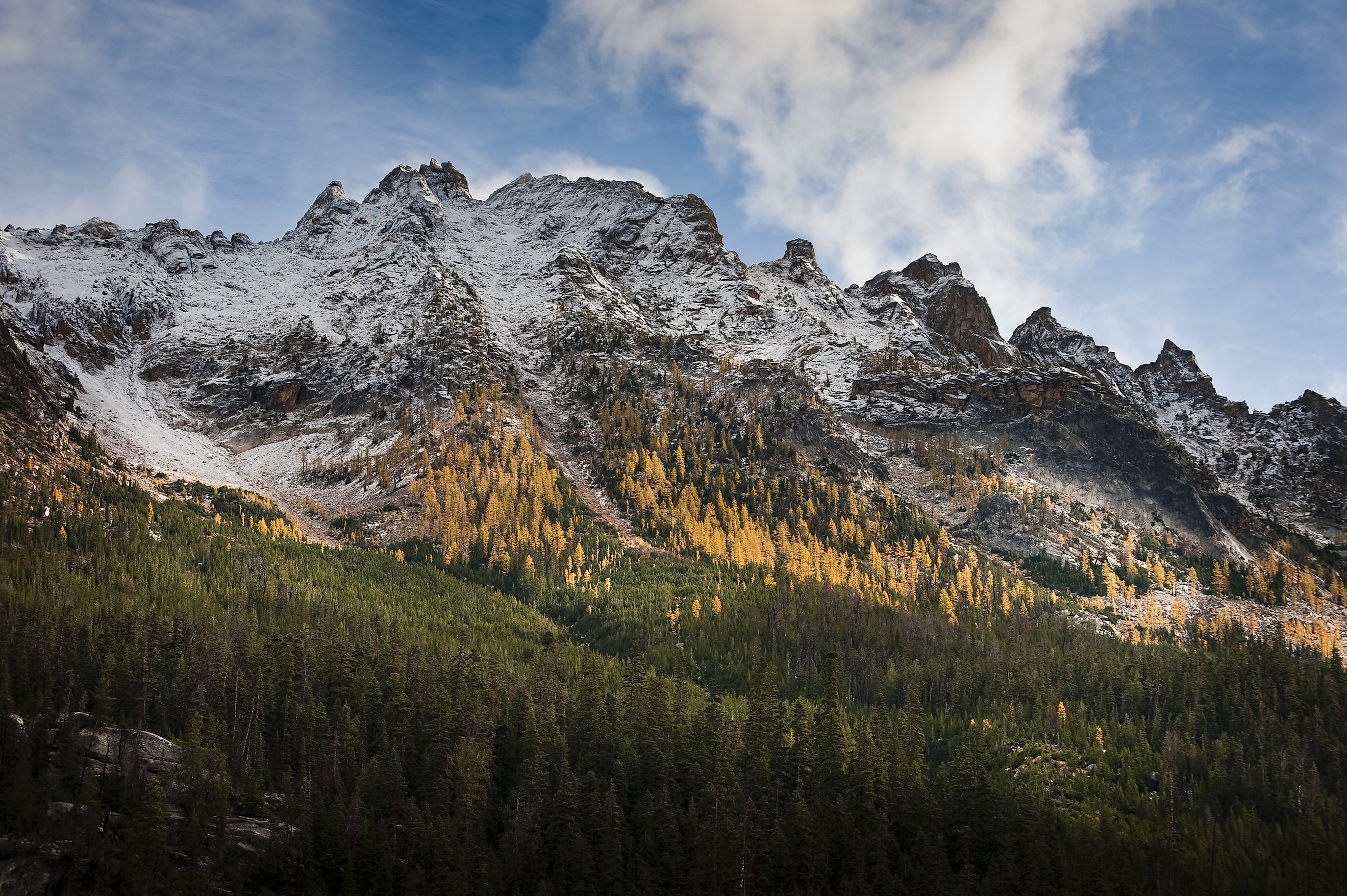
Cascade Range
The Cascade Range stands as one of North America’s most remarkable mountain chains, stretching over 700 miles from Lassen Peak in northern California to the Fraser River in southern British Columbia, Canada. This stunning segment of the Pacific mountain system forms a spine through the Pacific Northwest, threading its way through Oregon, Washington, and British Columbia. While most mountains in the Cascades are dormant volcanoes, some have erupted in recent history, shaping the landscape into one of the most geologically dynamic regions in the world.
A Geological Masterpiece
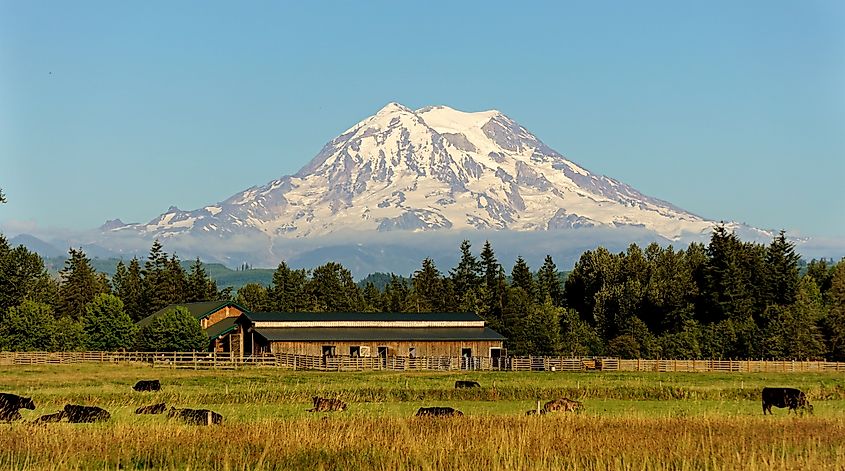
The Cascade Range is a product of millions of years of geological activity, primarily driven by tectonic forces at the Pacific Plate's subduction beneath the North American Plate. The range contains numerous peaks that soar above 10,000 feet, making it one of the highest and most awe-inspiring mountain chains in North America. Notable summits include Mount Rainier, at 14,410 feet, which is the tallest peak in Washington state and the highest peak in the entire Cascade Range, and Mount Hood, Oregon's tallest mountain, standing at 11,235 feet. Other iconic volcanoes in the region include Mount Baker (10,778 feet) and Lassen Peak (10,457 feet), which has had eruptions in recent history.
The most significant feature of the Cascades is its volcanic nature. The majority of its towering peaks are extinct volcanoes, though several have erupted in modern times. Mount St. Helens' eruption in 1980 remains one of the most famous volcanic events in US history, dramatically altering the landscape and providing an ongoing case study in volcanic activity. Even as recently as 1975, Mount Baker demonstrated considerable volcanic activity, sending plumes of steam into the sky and heightening awareness of the Cascades' volatility.
Natural Beauty and Ecological Diversity
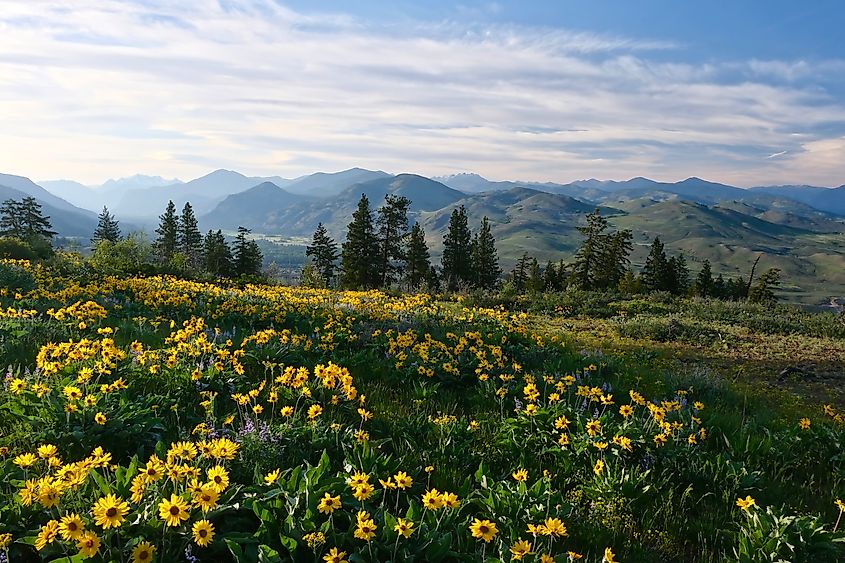
The geography and climate of the Cascade Range create a dramatic juxtaposition between wet coastal forests and dry inland regions. The western slope of the range, lying closer to the Pacific Ocean, receives an extraordinary amount of precipitation—up to 100 inches annually. This wet climate nurtures lush, temperate rainforests filled with towering Douglas firs, cedars, and other hardy species of trees. Moving eastward, the landscape shifts to drier conditions, which gradually give way to sagebrush and arid plains. This remarkable variation in rainfall leads to distinct ecosystems on either side of the range.
Notably, the western Cascades host a variety of impressive national parks, including North Cascades National Park, Crater Lake National Park, and Mount Rainier National Park, all of which protect the delicate ecosystems of the range and offer unparalleled views of glaciers, alpine lakes, and rich forests. The Cascades’ glaciated peaks have left behind many striking natural formations, such as the glacier-carved valleys and deep blue lakes found within the North Cascades. These parks not only provide visitors with an opportunity to experience the wild beauty of the mountains but also preserve vital habitats for a diverse array of plant and animal species, some of which are found nowhere else in the world.
On the eastern slopes of the Cascades, the landscape becomes much drier, dominated by sagebrush steppe and open grasslands. This arid region is home to unique flora and fauna adapted to the harsh, dry environment. The contrast between the lush, forested west and the dry east is one of the most defining features of the Cascade Range, and it provides a visual representation of the dramatic impact that geography and climate have on the ecosystems of the Pacific Northwest.
Outdoor Recreation and Tourism
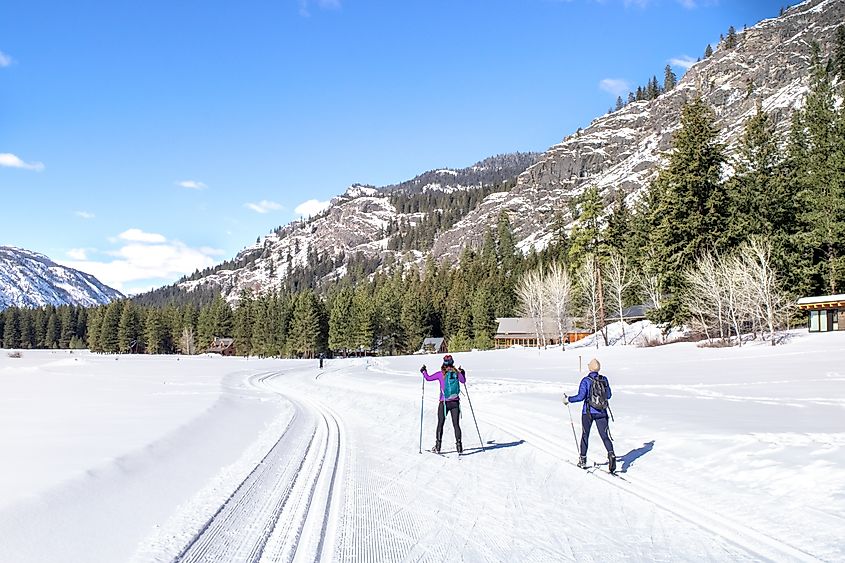
The Cascade Range has long been a haven for outdoor enthusiasts, and its diverse landscapes offer a multitude of recreational opportunities. Whether it’s hiking through old-growth forests, skiing on snow-covered slopes, or simply taking in the view from one of the many mountain overlooks, the Cascades cater to a wide variety of outdoor activities.
Skiing and Snowboarding
The Cascade Range is home to several world-class ski resorts, such as Crystal Mountain, Stevens Pass, and Mount Baker, attracting winter sports enthusiasts from around the globe. The region's snowfalls are among the heaviest in the US, especially on the western slopes, creating ideal conditions for skiing, snowboarding, and snowshoeing. Mount Baker, in particular, holds the record for some of the heaviest snowfall totals in North America, making it a top destination for powder seekers.
Hiking and Backpacking
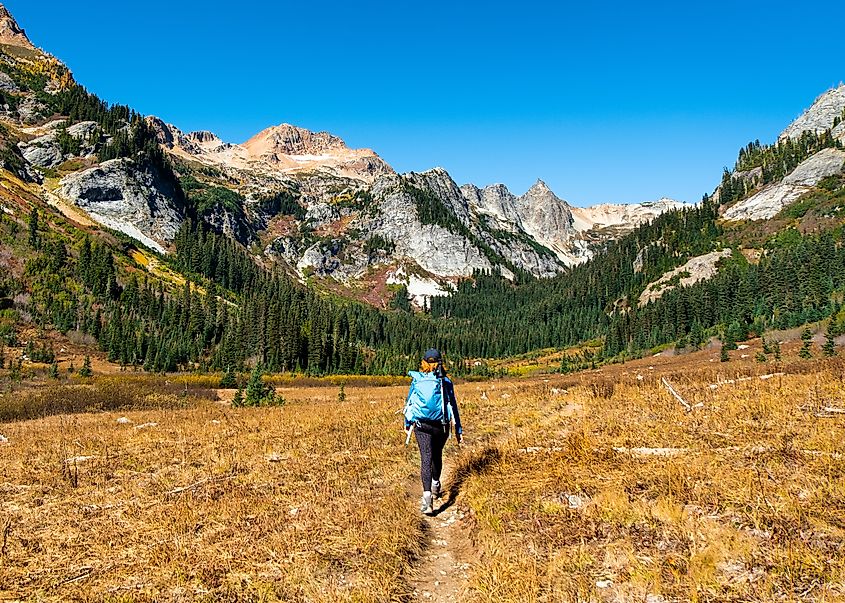
In the summer months, the Cascades become a paradise for hikers and backpackers. Trails like the Pacific Crest Trail, which runs the length of the range, offer stunning vistas of the mountains, lakes, and valleys. For a more challenging adventure, the trek to the summit of Mount Rainier or Mount Hood is a bucket-list experience for serious climbers. Meanwhile, easier hikes like those in the Columbia River Gorge, which was famously traversed by Lewis and Clark in the early 1800s, provide breathtaking views of waterfalls and lush forested landscapes.
Camping and Fishing
With its many national parks and protected areas, the Cascade Range is an ideal destination for camping and fishing. Lakes such as Crater Lake, the deepest lake in the US, offer crystal-clear waters for fishing, boating, and swimming. The numerous alpine lakes scattered throughout the range are popular camping spots, offering visitors the opportunity to enjoy the serenity of the mountains while also participating in outdoor activities like kayaking, fishing, and wildlife viewing.
Hydroelectric Power and Water Resources
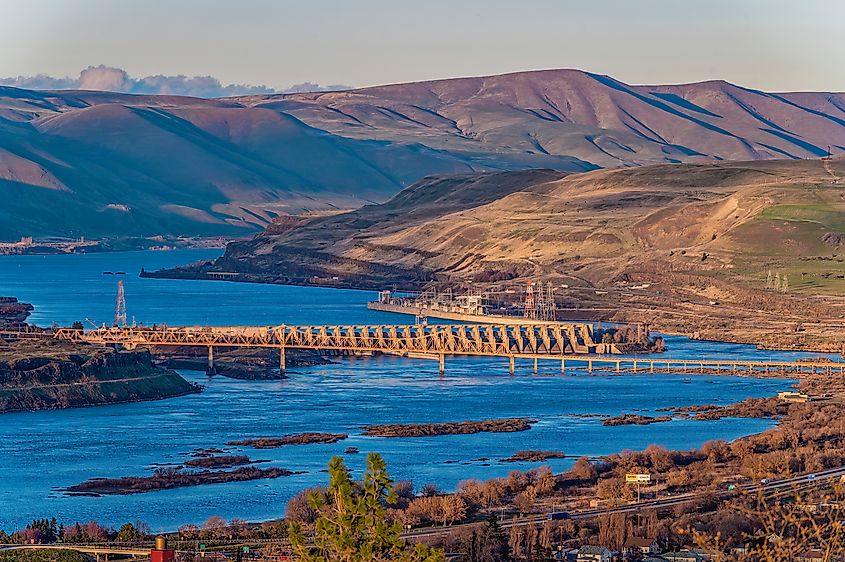
Beyond recreation, the Cascade Range plays a vital role in the region’s economy and infrastructure. The numerous rivers and streams that flow down from the mountains are essential for hydroelectric power generation, irrigation, and water supply for millions of people in Washington, Oregon, and California. The range is the headstream region for the Willamette River, which provides water for agricultural and urban use in Oregon's fertile valleys. Additionally, the region's rivers are vital for shipping, especially along the Columbia River, which was navigated by Lewis and Clark in their westward expansion.
The Cascade Range’s volcanic origins also make it a key player in the study of geology and volcanology. While much of the range is dormant, the possibility of future eruptions remains a significant concern for local communities. In particular, Mount Rainier, one of the most active volcanoes in the US, presents a constant reminder of the dynamic forces that shape this region. As scientists continue to monitor these volcanoes, the Cascades will remain an important area for research and education.
Historical Significance
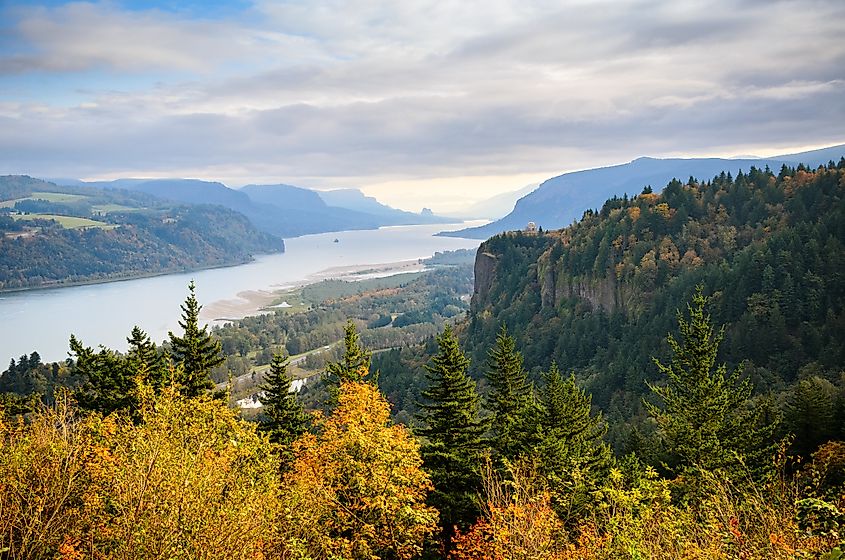
The Cascade Range also holds significant historical value. The first European explorers to chart the region were English navigators George Vancouver and William R. Broughton, who in 1792 caught their first glimpse of the Cascades. In the early 19th century, the Lewis and Clark Expedition passed through the range on their westward journey, traversing the rugged Columbia River Gorge. Their journey marked the first American exploration of the Pacific Northwest, and the Cascade Range, with its formidable terrain, became a symbol of the challenges they faced in their quest for a route to the Pacific Ocean.
The range’s volcanic activity has also shaped the culture and history of indigenous peoples in the region. Many Native American tribes, including the Yakama, Puyallup, and Chinook, have long revered the Cascades as sacred, incorporating the mountains into their myths and cultural practices. Today, the region remains an important area for Native American communities, and many tribes continue to rely on the natural resources provided by the mountains.